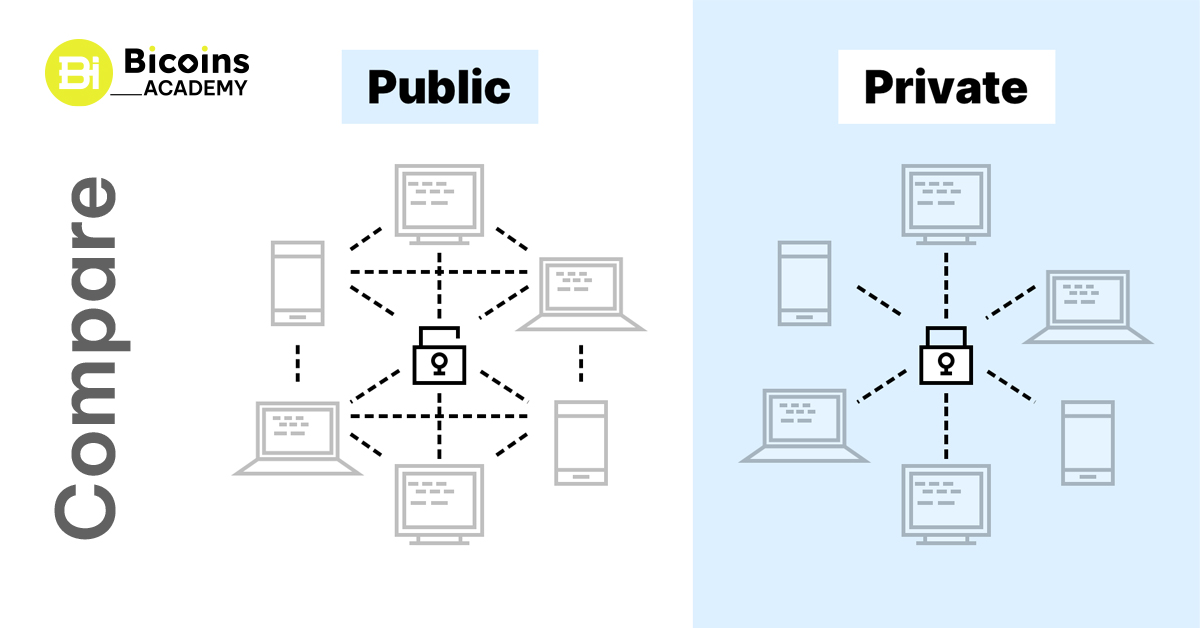Public vs Private Blockchains: What’s the Difference and Why It Matters
Understanding Blockchain Technology
Blockchain is revolutionizing the way we store and transact data. At its core, it is a decentralized digital ledger that records transactions across many computers so that the registered transactions cannot be altered retroactively. This technology enhances security, transparency, and trust, making it an essential component of various industries, particularly in the realm of cryptocurrency, finance, and supply chain management. To grasp the nuances between public and private blockchains, we should first understand their operational frameworks.
Public Blockchains: The Open Ledger
Public blockchains, as the name implies, are open to anyone who wants to participate. They allow users to see all transactions recorded on the network and to contribute to the blockchain. The most prominent example of this type is Bitcoin.
Key Benefits of Public Blockchains
- Transparency: Every transaction is visible to anyone on the network, making it easier to verify information.
- Censorship Resistance: No single entity can control or alter the transactions, preserving the integrity of the data.
- Incentivization: Through mining or staking, participants are rewarded for their contributions, creating a secure network with low entry barriers.
Real-World Application
In Vietnam, initiatives have emerged to utilize public blockchain technology for enhancing transparency in government transactions. This can significantly reduce corruption and enhance trust in public services. For example, the local government could use blockchain to manage tax payments securely and transparently, ensuring that citizens can track their contributions accurately.
Private Blockchains: The Controlled Environment
Private blockchains, on the other hand, allow only specific entities access to participate and view the transactions. This setup is commonly adopted by businesses looking for efficiency and privacy in their transactions. Private blockchains are often referred to as permissioned blockchains.
Advantages of Private Blockchains
- Enhanced Privacy: Only authorized users have access to the data, keeping sensitive information safe from public scrutiny.
- Greater Speed and Efficiency: Since the number of participants is limited, transactions can be processed more quickly, making them ideal for businesses.
- Control and Flexibility: Organizations maintain control over who participates in the network and how it operates.
Case Study in Vietnam
In the Vietnamese fisheries sector, private blockchains allow companies to trace the entire supply chain from catch to market. This level of control and privacy helps businesses comply with regulations and ensure the quality and safety of their seafood products.
Choosing the Right Blockchain: Public vs. Private
The choice between public and private blockchains ultimately depends on the intended application. Here are some considerations:
- Purpose: If the focus is on transparency and decentralization, public blockchains are suitable. However, for applications needing confidentiality and speed, private blockchains are preferred.
- Scalability: Private blockchains can handle a higher transaction volume at a faster speed due to limited participation, making them ideal for enterprises.
- Cost: Public blockchains often involve lower upfront costs since they leverage community power, while private blockchains may require a significant investment in the infrastructure.
Conclusion: The Future of Blockchains
The debate over public versus private blockchains highlights the need for organizations to assess their goals before choosing their blockchain solutions. As industries across the globe, including Vietnam, continue to embrace this transformative technology, understanding these differences becomes increasingly vital. Whether fostering transparency in public governance or ensuring privacy in corporate environments, both public and private blockchains hold immense potential to reshape our digital world.
In conclusion, blockchain technology is here to stay, and understanding its various forms is not just a technical requirement but a business imperative in today’s competitive landscape.







